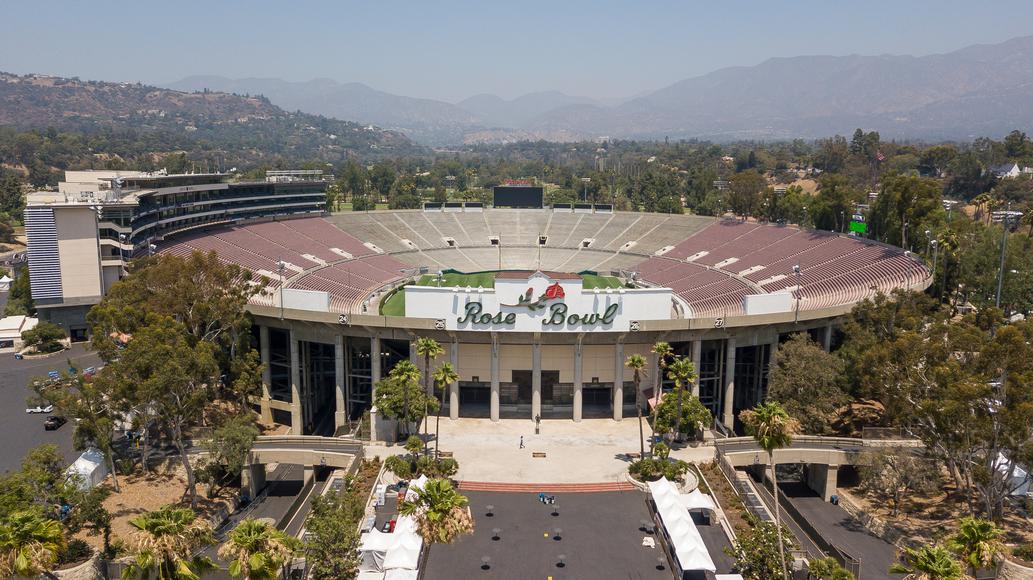California, the Golden State, is steeped in rich sporting traditions. Among the most revered is the Rose Bowl, an iconic stadium with a history as colorful as the flowers it's named after. Situated in Pasadena, a city known for its cultural and architectural heritage, the Rose Bowl has been a cornerstone of American sports and culture since its inception.
The Genesis of the Rose Bowl: Early 20th Century
The story of the Rose Bowl begins in the early 20th century. Pasadena's Tournament of Roses, an annual parade celebrating the new year with stunning floral floats, needed a grand finale. Thus, in 1902, the first post-season college football game was played, laying the foundation for what would become the Rose Bowl Game. This game wasn't just a local festivity but a national spectacle, inviting teams from across the country to partake in a celebration of athleticism and unity.
The Rose Bowl stadium, as we know it today, was constructed in 1922. Designed by architect Myron Hunt, its circular design was revolutionary, providing unobstructed views for all spectators. With an initial seating capacity of around 57,000, it was one of the largest sports arenas of its time. The stadium was named the "Rose Bowl," echoing the floral theme of the Pasadena Tournament of Roses.
Historic Games and Expansions: Mid-20th Century
Over the years, the Rose Bowl has hosted countless historic games, including several NFL Super Bowl games and the 1994 FIFA World Cup Final. It's also the only stadium to have hosted the Olympic Games twice, in 1932 and 1984. Each event has contributed to the Rose Bowl's legacy, reinforcing its status as a premier sporting venue.
In response to its growing fame and the increasing demand for larger audiences, the stadium underwent several expansions. The most significant of these took place in the 1940s and 1970s, ultimately increasing its capacity to over 90,000.






